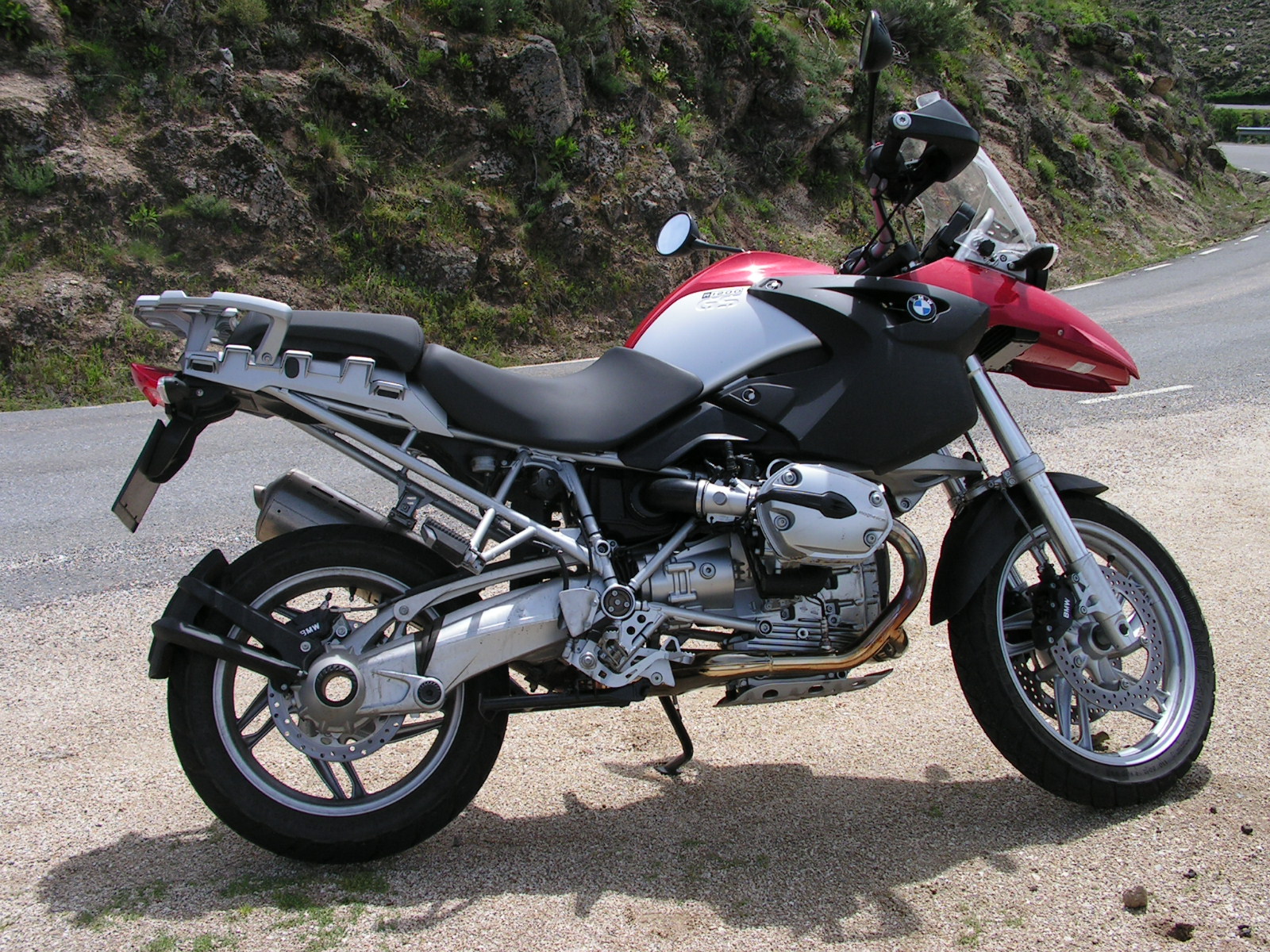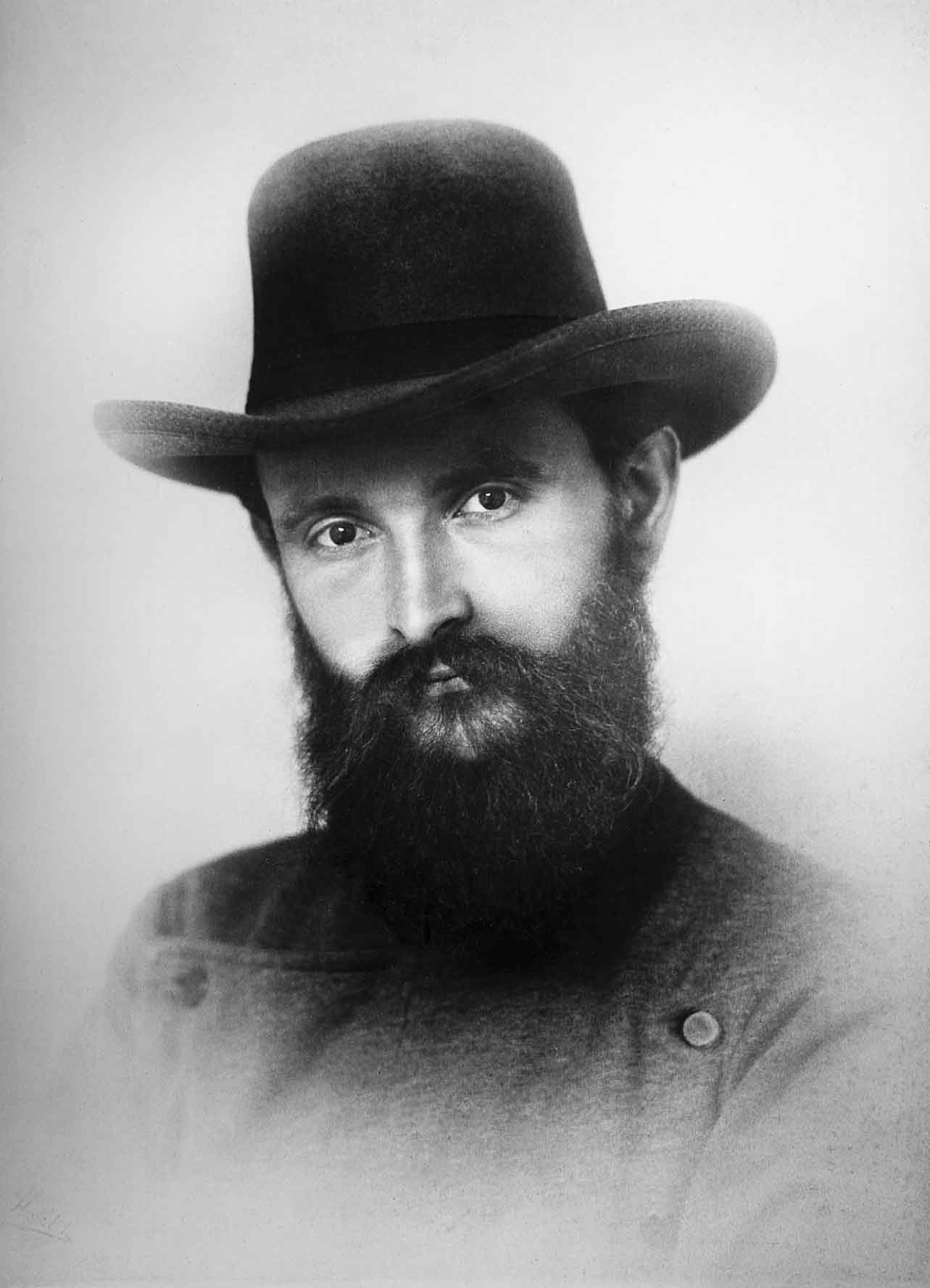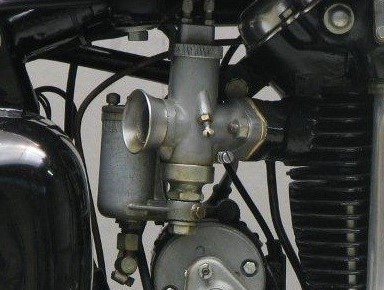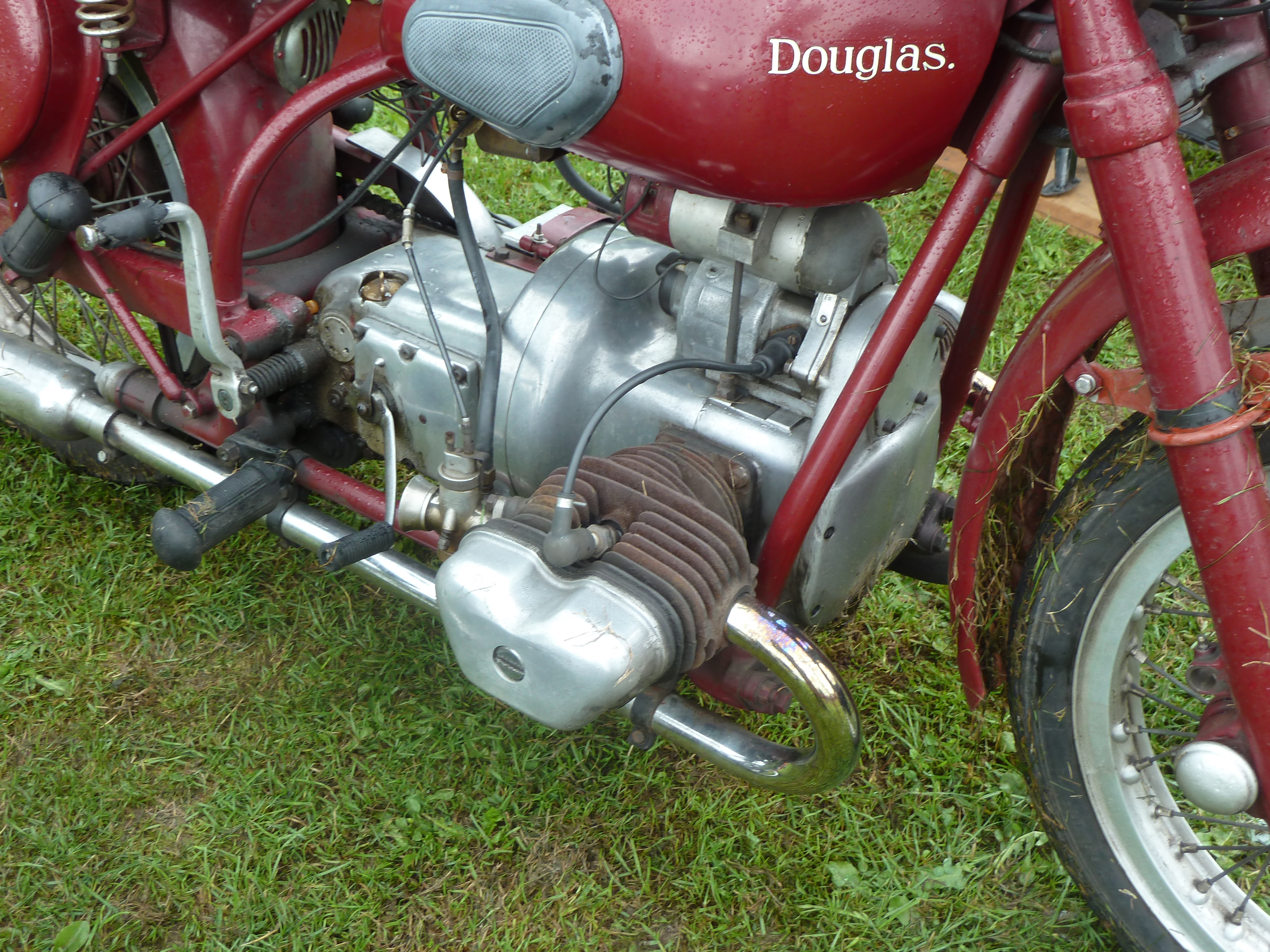|
BMW R2
The BMW R2 was a 198 cc overhead valve single-cylinder motorcycle produced by BMW between 1931 and 1936, the smallest motorcycle ever to enter series production with the firm (In 1948, a 125cc 2 stroke flat twin, designated R10, was developed but did not enter production). Despite its much smaller design and engine capacity, the R2 retained many features of the larger boxer twin motorcycles in the range, such as cardan shaft drive and a pressed-steel duplex frame. The R2 was the smallest in the range of singles produced during the 1930s by BMW, with its big brothers being the 305 cc R3 and the 400 cc R4. Background In 1925, BMW introduced the 247 cc R39, their first single-cylinder motorcycle. The R39 did not sell well and was discontinued in 1927. Following the collapse of the Weimar Republic economy during the Wall Street Crash of 1929, BMW's premier large capacity, expensive motorcycle range was hard hit, with fewer customers able to afford their premium pur ... [...More Info...] [...Related Items...] OR: [Wikipedia] [Google] [Baidu] |
BMW Motorrad
BMW Motorrad is the motorcycle brand of BMW, part of its Corporate and Brand Development division. It has produced motorcycles since 1923, and achieved record sales for the fifth year in succession in 2015. With a total of 136,963 vehicles sold in 2015, BMW registered a growth of 10.9% in sales in comparison with 2014. In May 2011, the 2,000,000th motorcycle produced by BMW Motorrad was an R1200GS. History The company began as an aircraft engine manufacturer in the early 20th century and through World War I. BMW manufactured its first motorcycle in 1923, the R32, which featured a flat-twin boxer engine. BMW Motorrad still uses the flat-twin boxer configuration, but now manufactures motorcycles with a variety of engine configurations. Current production With the exception of the G310 series (which is produced at TVS's Tamil Nadu, India plant), all BMW Motorrad's motorcycle production takes place at its plant in Berlin, Germany. Some engines are manufactured in Austria, Ch ... [...More Info...] [...Related Items...] OR: [Wikipedia] [Google] [Baidu] |
Wall Street Crash Of 1929
The Wall Street Crash of 1929, also known as the Great Crash, was a major American stock market crash that occurred in the autumn of 1929. It started in September and ended late in October, when share prices on the New York Stock Exchange collapsed. It was the most devastating stock market crash in the history of the United States, when taking into consideration the full extent and duration of its aftereffects. The Great Crash is mostly associated with October 24, 1929, called ''Black Thursday'', the day of the largest sell-off of shares in U.S. history, and October 29, 1929, called ''Black Tuesday'', when investors traded some 16 million shares on the New York Stock Exchange in a single day. The crash, which followed the London Stock Exchange's crash of September, signaled the beginning of the Great Depression. Background The "Roaring Twenties", the decade following World War I that led to the crash, was a time of wealth and excess. Building on post-war optimism, rural Amer ... [...More Info...] [...Related Items...] OR: [Wikipedia] [Google] [Baidu] |
BMW Motorcycles
BMW Motorrad is the motorcycle brand of BMW, part of its Corporate and Brand Development division. It has produced motorcycles since 1923, and achieved record sales for the fifth year in succession in 2015. With a total of 136,963 vehicles sold in 2015, BMW registered a growth of 10.9% in sales in comparison with 2014. In May 2011, the 2,000,000th motorcycle produced by BMW Motorrad was an R1200GS. History The company began as an aircraft engine manufacturer in the early 20th century and through World War I. BMW manufactured its first motorcycle in 1923, the R32, which featured a flat-twin boxer engine. BMW Motorrad still uses the flat-twin boxer configuration, but now manufactures motorcycles with a variety of engine configurations. Current production With the exception of the G310 series (which is produced at TVS's Tamil Nadu, India plant), all BMW Motorrad's motorcycle production takes place at its plant in Berlin, Germany. Some engines are manufactured in Austria, Ch ... [...More Info...] [...Related Items...] OR: [Wikipedia] [Google] [Baidu] |
History Of BMW Motorcycles
BMW's motorcycle history began in 1921 when the company commenced manufacturing engines for other companies. BMW's own motorcycles—sold under the BMW Motorrad brand—began in 1923 with the BMW R 32, which was powered by a flat-twin engine (also called a "boxer-twin" engine). Production of motorcycles with flat-twin engines continues to this day, however BMW has also produced many models with other types of engines. Motorcycle history 1921–1938 At the end of World War I, the Treaty of Versailles demanded that BMW cease production of aircraft engines. To remain in business, the company began producing small industrial engines (along with farm equipment, household items and railway brakes). In 1920, BMW M2B15 flat-twin petrol engine was released. Despite being designed as a portable industrial engine, the M2B15 was also used by several motorcycle manufacturers, including for the 1920–1923 Victoria KR1 and the 1920–1922 Bayerische Flugzeugwerke (BFw) ''Helios'' motorcyc ... [...More Info...] [...Related Items...] OR: [Wikipedia] [Google] [Baidu] |
Friction Damper
Friction is the force In physics, a force is an influence that can change the motion of an object. A force can cause an object with mass to change its velocity (e.g. moving from a state of rest), i.e., to accelerate. Force can also be described intuitively as a p ... resisting the relative motion of solid surfaces, fluid layers, and material elements sliding (motion), sliding against each other. There are several types of friction: *Dry friction is a force that opposes the relative lateral motion of two solid surfaces in contact. Dry friction is subdivided into ''static friction'' ("stiction") between non-moving surfaces, and ''kinetic friction'' between moving surfaces. With the exception of atomic or molecular friction, dry friction generally arises from the interaction of surface features, known as Asperity (materials science), asperities (see Figure 1). *Fluid friction describes the friction between layers of a viscous fluid that are moving relative to each other. ... [...More Info...] [...Related Items...] OR: [Wikipedia] [Google] [Baidu] |
Robert Bosch GmbH
Robert Bosch GmbH (; ), commonly known as Bosch and stylized as BOSCH, is a German multinational engineering and technology company headquartered in Gerlingen, Germany. The company was founded by Robert Bosch in Stuttgart in 1886. Bosch is 92% owned by Robert Bosch Stiftung, a charitable institution. Although the charity is funded by owning the vast majority of shares, it has no voting rights and is involved in health and social causes unrelated to Bosch’s business. Bosch's core operating areas are spread across four business sectors: mobility (hardware and software), consumer goods (including household appliances and power tools), industrial technology (including drive and control) and energy and building technology. History 1886–1920 The company started in a backyard in Stuttgart-West as the ''Werkstätte für Feinmechanik und Elektrotechnik'' (''Workshop for Precision Mechanics and Electrical Engineering'') on 15 November 1886. The next year Bosch presented a low v ... [...More Info...] [...Related Items...] OR: [Wikipedia] [Google] [Baidu] |
Amal (carburettor)
AMAL was a British engineering company servicing the motorcycle and other light-engineering motor industries between 1927 and 1993Amalgamated Carburetters Grace's Industrial Guide. Retrieved 2013-07-09 based in . AMAL is a British trademark. Amal was the supplier of carburettors to many marques within the British motorcycle industry including the largest of British manufacturers, such as B ... [...More Info...] [...Related Items...] OR: [Wikipedia] [Google] [Baidu] |
Flat-twin Engine
A flat-twin engine is a two-cylinder internal combustion engine with the cylinders on opposite sides of the crankshaft. The most common type of flat-twin engine is the boxer-twin engine, where both pistons move inwards and outwards at the same time. The flat-twin design was patented by Karl Benz in 1896 and the first production flat-twin engine was used in the ''Lanchester 8 hp Phaeton'' car released in 1900. The flat-twin engine was used in several other cars since, however a more common usage is in motorcycles; early models oriented the cylinders in line with the frame, however later models switched to the cylinders being perpendicular to the frame to provide even cooling across both cylinders. Flat-twin engines were also used in several aircraft up until the 1930s and in various stationary applications from the 1930s to the 1960s. The Australian lawnmower manufacturer Victa also produced a flat-twin engine push mower from August 1975 to 1980 dubbed as the ‘Twin 500’ and � ... [...More Info...] [...Related Items...] OR: [Wikipedia] [Google] [Baidu] |
Weimar Republic
The Weimar Republic (german: link=no, Weimarer Republik ), officially named the German Reich, was the government of Germany from 1918 to 1933, during which it was a constitutional federal republic for the first time in history; hence it is also referred to, and unofficially proclaimed itself, as the German Republic (german: Deutsche Republik, link=no, label=none). The state's informal name is derived from the city of Weimar, which hosted the constituent assembly that established its government. In English, the republic was usually simply called "Germany", with "Weimar Republic" (a term introduced by Adolf Hitler in 1929) not commonly used until the 1930s. Following the devastation of the First World War (1914–1918), Germany was exhausted and sued for peace in desperate circumstances. Awareness of imminent defeat sparked a revolution, the abdication of Kaiser Wilhelm II, formal surrender to the Allies, and the proclamation of the Weimar Republic on 9 November 1918. In its i ... [...More Info...] [...Related Items...] OR: [Wikipedia] [Google] [Baidu] |
Overhead Valve
An overhead valve (OHV) engine, sometimes called a ''pushrod engine'', is a piston engine whose valves are located in the cylinder head above the combustion chamber. This contrasts with earlier flathead engines, where the valves were located below the combustion chamber in the engine block. Although an overhead camshaft (OHC) engine also has overhead valves, the common usage of the term "overhead valve engine" is limited to engines where the camshaft is located in the engine block. In these traditional OHV engines, the motion of the camshaft is transferred using pushrods (hence the term "pushrod engine") and rocker arms to operate the valves at the top of the engine. Some early intake-over-exhaust engines used a hybrid design combining elements of both side-valves and overhead valves. History Predecessors The first internal combustion engines were based on steam engines and therefore used slide valves. This was the case for the first Otto engine, which was first succ ... [...More Info...] [...Related Items...] OR: [Wikipedia] [Google] [Baidu] |





